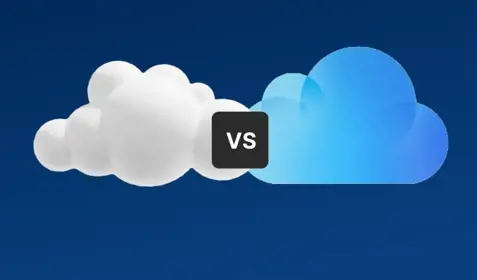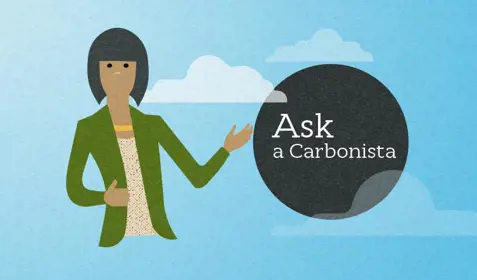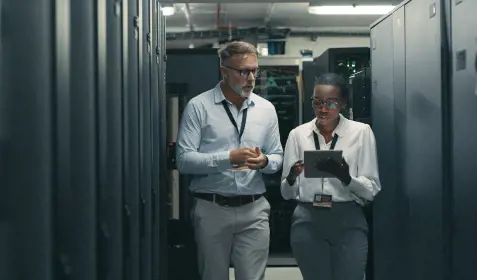Microsoft recently announced end of support for two widely-deployed products: Windows Server 2008 and SQL Server 2008. According to the company, extended support will be available for purchase for a limited time: Extended support for SQL Server 2008/R2 will end on July 9, 2019, and extended support for Windows Server 2008/R2 will end on January 14, 2020.
End of support, of course, means the end of regular security updates to the operating systems and applications affected, leaving systems vulnerable to cyberattacks. As you may know, many viruses are designed to exploit this exact type of vulnerability. So, keeping your OS and applications up-to-date should be considered essential. An OS or application upgrade can also be a good time for an onsite hardware refresh or to move workloads to the cloud. Today’s hardware offers dramatic increases in cost efficiency over older machines, and the additional compute power allows you to take full advantage of OS and application capabilities.
Still, many IT teams put off server modernization because the migration process can be time-consuming and disruptive to their core business goals. Even though there may be financial, security, and competitive advantages to a migration or upgrade, if the activities fall outside of core competencies or skill sets then you may be stuck with outdated and unsupported technologies.
Addressing migration complexity
Today’s IT environments feature a variety of applications, operating systems, as well as physical and virtual servers—with myriad interdependencies among them. This is where migration gets tricky. When migrating data and applications using traditional methods, the process looks roughly like this:
- Install application on the target server
- Copy all of its data from the source server to the target server
- Reconfigure settings and preferences
- Repeat the process (for each application you are migrating)
- Cutover
Because you are moving applications independent of each other and then reconfiguring everything on the target server, it can be difficult if not impossible to know if you’ve accounted for all dependencies between apps and OS until after the cutover. There’s just no easy way to test that everything is working together with production data before the migration cutover itself.
Carbonite Migrate streamlines this complex process. Migrate allows you to move workloads between physical and virtual servers or to the cloud in real-time. Throughout the migration process, it continuously replicates changes from the source, automatically preserving an exact copy of data on the target server. Additionally, you can perform unlimited testing with a real-time copy of production data to be certain that everything is working between applications and operating system as it should be before performing the production cutover. All of this dramatically speeds the migration process and nearly eliminates downtime.
Finally, Migrate can automatically upgrade your Microsoft SQL Server databases during the migration process, allowing you to take advantage of Microsoft SQL Server modernization best practice and Carbonite Migrate’s real-time replication without impacting production users until time of cutover. By continuously synchronizing the target’s data with source server changes, Carbonite Migrate enables you to cut over between two instances of your database with almost no downtime for end users.
If you are interested in learning more about how Carbonite Migrate can ease your server modernization efforts, schedule a call with one of our representatives










